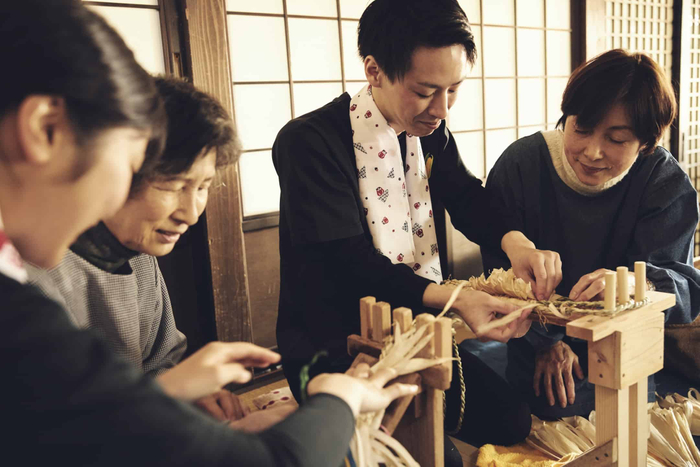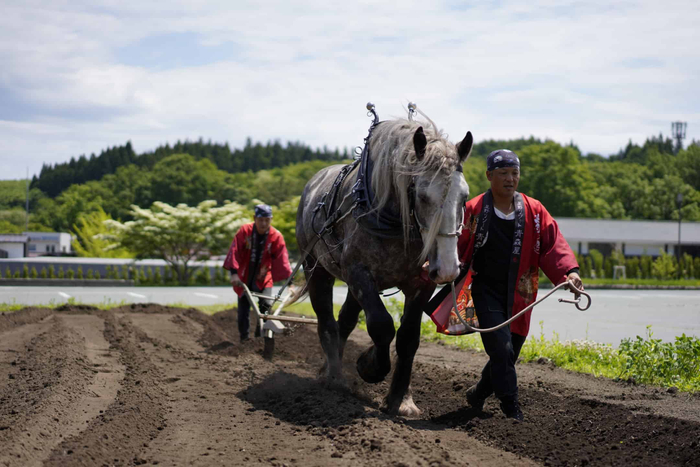The “Kimigara Project” that Aomoriya has been working on since 2019 aimed to recreate the life of Aomori, which used to cultivate fields with the help of horses, turn horse manure into compost, grow crops and secure food. It is an activity.
In 2021, we will start composting horse manure and continue activities to use horse and corn resources without waste.
Set up a compost field on the premises
At Aomoriya, there are three horses pulling carriages and two ponies to welcome customers.
For composting, it is necessary to control the amount of water and air permeability, and to promote fermentation by the action of microorganisms. Mix horse manure and sawdust to control the water content, and mix them so that they come into contact with the air on a regular basis. The finished compost will be used in the fields in 2022.
Kimigara Project

Aomori Prefecture was once known as a production center for famous horses, and horses and people lived together. With the help of horses, the fields are cultivated, horse manure becomes compost, crops are grown and food is secured. And the surplus skin of horse feed corn was turned into a craft.
At Aomoriya, we will reproduce that culture and circulate resources.
Acquisition of craft manufacturing skills and realization of guest experience activities

From December 2019, we have been learning the techniques for knitting Kimigara slippers and mini sandals from the production associations. In December 2020, we started the “Kimigara Mini Zori Making Experience” in which guests are asked to make crafts.
Utilizing the skills acquired by the staff, we are communicating the activities of the Kimigara project to the guests. As of April 2021, the number of participants was about 170.
Hoshino Resort Aomoriya
A hot spring inn where you can fully enjoy the culture of Aomori festivals and dialects with the concept of “Noreso (* meaning full of Aomori dialects) Aomori-a story of people”. On the site of about 220,000 tsubo, there is also a park dotted with ponds and old folk houses, where you can enjoy meals and various activities.
>Hoshino Resort Aomoriya Official Website












































